Where the foxgloves grow
This week I received a visitation – a delegation, you could call it. When I opened my front door, there they were; a line of sprites sheltering from the rain under the thatched roof. Tall and spikey fellows, wearing gloves of pink and cream, they nodded their heads in unison, as if agreeing on some secret plan.
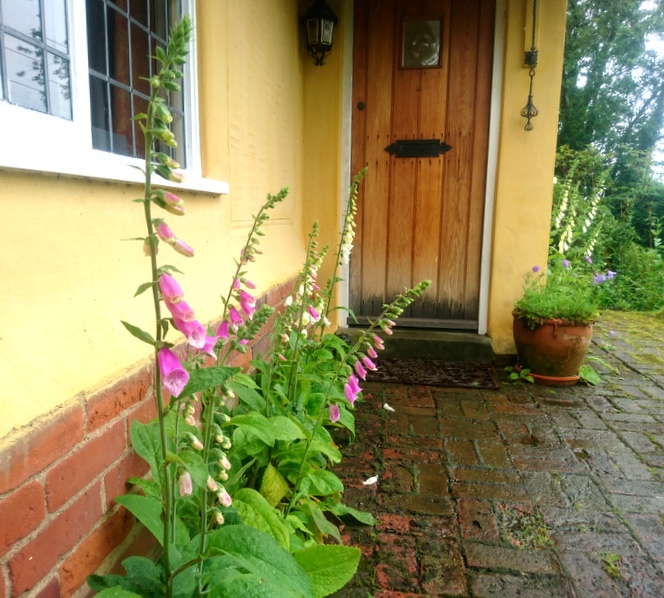 For a split second, I was ten years old again, building dens with my brother and running wild over the wasteland behind our house where these wanderers would sometimes appear, half hidden in the long grass or in a clearing among the trees. It felt like the past had delivered a present.
For a split second, I was ten years old again, building dens with my brother and running wild over the wasteland behind our house where these wanderers would sometimes appear, half hidden in the long grass or in a clearing among the trees. It felt like the past had delivered a present.
Yes, I’m waxing lyrical. (Yes, I should get out more!) But in my small corner of the world, the arrival on the doorstep of a troupe of foxgloves is cause for celebration. Especially as I didn’t plant them myself. They have blown in from somewhere else and chosen the most difficult spot to grow; between the cracks in the brick path where there’s barely any soil.
As a writer and keen gardener, I’m fascinated by the legends associated with these plants. According to folklore, they are beloved by fairy folk and their appearance in the wild, or in gardens, is an indication that magical beings are present. The reason they bend and nod is not because of the wind, but in deference to the spirits as they pass by.
It’s said to be unlucky if you pick them. So, you’ll be pleased to hear I didn’t! And not only to avoid the curse of some angry pixie robbed of her favourite gloves and petticoats. Digitalis, as it’s called in Latin, is poisonous – every part of it. Ingesting a small amount can be dangerous, even deadly. So it’s not a good idea to mistake them for Comfrey, or some other herb, and make them into tea!

‘Tell me, Thistle dear, at what o’clock did she take my favourite gloves?’………(Image by Gloria Kasket from Pixabay)
However, Nature has created a brilliant paradox in this majestic plant. Digitalis can be a life saver too. It contains a chemical which is used to treat heart failure and cardiac arrhythmia. The drug Digoxin, which is prescribed by doctors today, helps to regulate the heart beat.
You can tell the bees approve. (The bumbler in the photo below looks almost drunk.) The lower lip of each bloom makes an excellent landing pad and the freckles inside act as ‘honey guides’ to the nectar. There’s nothing quite like the buzzing that comes from the depths of those floral trumpets. The whole flower seems to vibrate with the sound of summer. 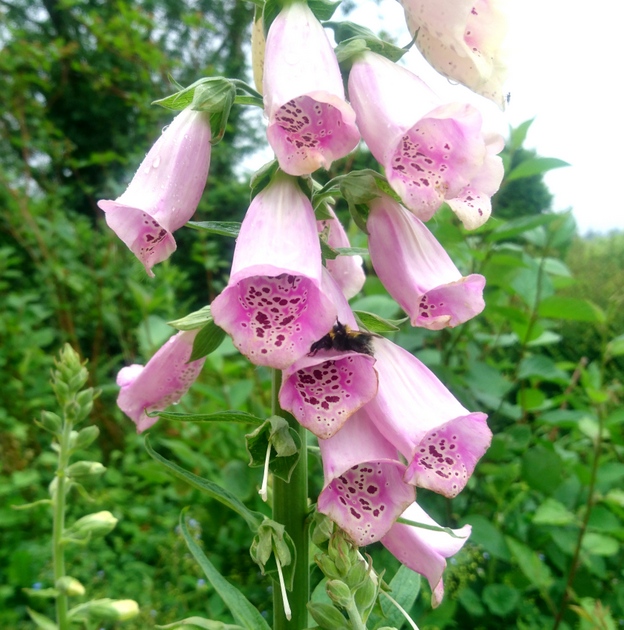
Foxgloves have been given many names over the centuries – Witch’s Thimbles, Folk’s Gloves, Lion’s Mouth, Flopdock, Fairy Caps, Dead Man’s Bells, Throatwort, Granny’s Bonnets, Granny’s Gloves … And it’s that last one that got me thinking. If the merry band on my doorstep does have a secret plan, I think I’ve guessed what it is. They want to be in a story – the one I’m writing now … They belong in Nan’s pantry.
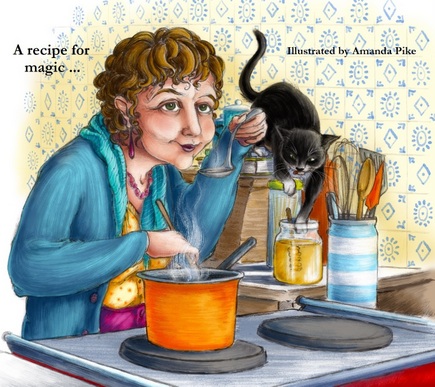
Nan from The Mirror of Pharos
If you’ve already read The Mirror of Pharos, then you’ll know all about Nan. She is Jack’s slightly bonkers grandmother. Fiercely superstitious and well-versed in plant lore, she has a connection to the Seers of old. At one point in the story, she uses Wolfsbane, another toxic flower, to treat a wound and save a life. (Can you remember whose?)
Nan isn’t very confident about her skills. In fact, she spends most of the first book trying to ignore them. But she’ll have to put her doubts aside, because her magic touch is needed more than ever in Book Two. Can she help Jack to outfox the dark forces infiltrating the time travel community? I suspect the foxgloves have a part to play. And they fit Nan’s purpose like a glove!
They say just one flower can produce more than a million seeds …
… and apparently a host of wizard ideas.
Here’s to a magical summer!
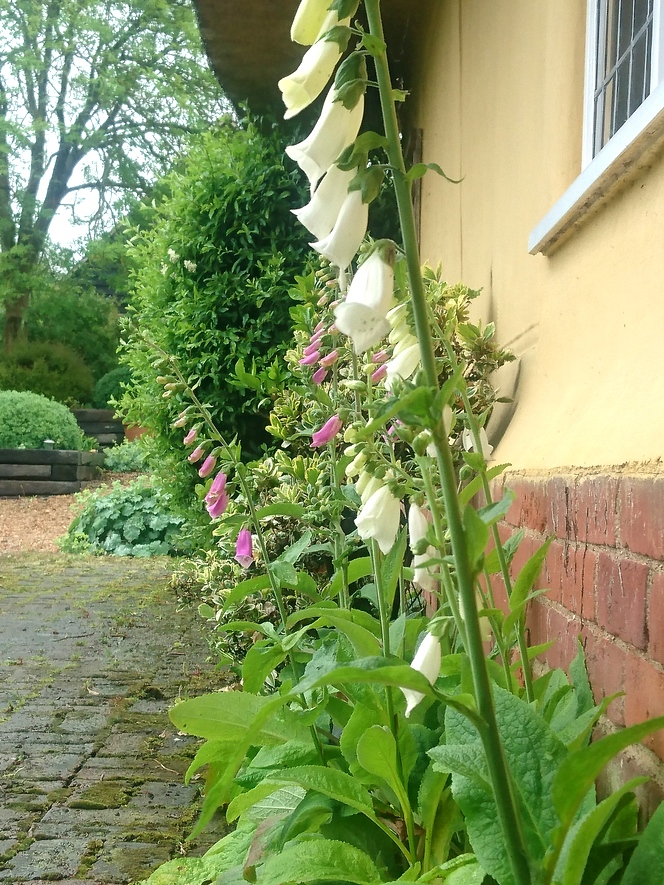
Read Chapter One of The Mirror of Pharos
Order a copy
Meet the characters
About the author

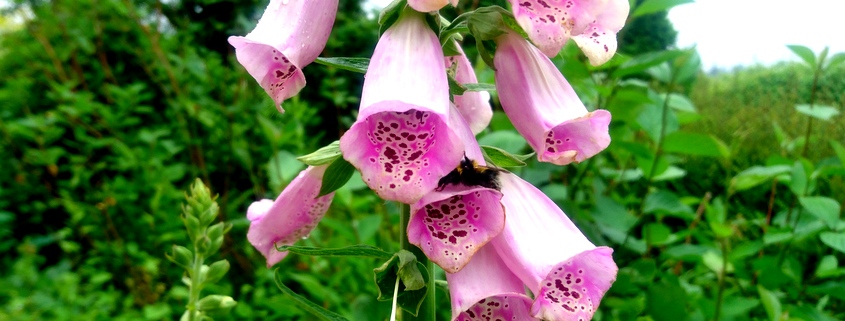



 Buy The Mirror Of Pharos from the Author
Buy The Mirror Of Pharos from the Author 
